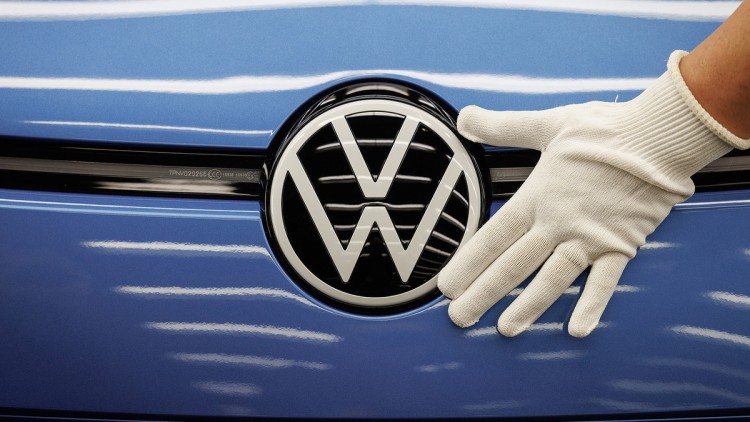AUTONEWS

Because the Americans didn't like Tayan Turbo S ?
Europeans rely on the WLTP method to determine the CO2 consumption and emissions of their vehicles, just as Americans expect EPA to determine exactly how much they spend and how they pollute the cars traded across the Atlantic. While the WLTP remains more sympathetic to manufacturers, but not to users, announcing high autonomy values, but also far from reality, the EPA Method is more rigid and rigorous, close to what can be achieved under real conditions of use.
This is about the latest models evaluated by the EPA, which included the most powerful Porsche Taycan, the 761 hp Turbo S, to which the U.S. federal agency assigned a range of 192 miles with its battery of 93.4 kWh, that is, 309 km between refills. In Europe, the same version is assigned between 412 and 450 km, depending on the model specifications, starting with the measurement of the tyres used and the rim diameter.
Porsche, which has never called into question an EPA measurement before, was a little "upset" when the American entity allocated only 201 miles (323 km) to the Taycan Turbo with 680 hp, and even advanced that, by its calculations, the value would be something higher. So what to say now of the 309 km of Turbo S, which puts this model as the least efficient of electric vehicles for sale in the U.S. What, for a builder who has long fought for being technologically advanced, represents an axe in this (hitherto undisputed) reputation.
With 309 km between refills, the Taycan Turbo S begins by losing to its direct rival, the Model S Performance, which is slightly faster and faster than the Turbo S (261 to 260 km/h and 0-100 km/h in 2.6 to 2.8 seconds). The EPA has assigned Model S Performance a range of 555 km, depending on such as the Porsche of the rims and tires with which it is equipped. And there is no way to compare 309 km with a battery of 93.4 kWh and 555 km with a accumulator of 100 kWh, without being impressed by the disadvantage of the German sports Berliner.
But the Model S is only one of the competitors that Taycan is miles away, since according to the EPA, all other electric vehicles on sale in the US offer greater autonomy than this Porsche. The Tesla Model 3 Performance itself saw the EPA assign it 489 km of autonomy, despite having a battery with a capacity of only 75 kWh. The Jaguar I-Pace enjoys 376 km between recharges and the Audi e-tron of 328 km.
Even the Nissan Leaf, a model we know well in Europe because it is one of the most attractive customers, saw the EPA grant it a 364 km autonomy in the battery version of 62 kWh. As this same model has a 385 km WLTP type approval, which is slightly lower than Renault Zoe's 52 kWh battery, it means that even if Renault one day decides to introduce its cheapest tram to the American market, it will still be Tayan Turbo S running the lowest number of kilometres between visits to the charging station.
In terms of energy efficiency, according to the EPA, there are also significant differences in competition and they do not favour Porsche. While the Taycan Turbo S achieves an average consumption of 30.2 kWh / 100 km, the Model S Performance reveals a much more contained appetite, staying at 18.8 kWh / 100 km. The Audi e-tron has a consumption of 27.4 kWh/100 km, Jaguar i-Pace 23.9 kWh/100 km, Nissan Leaf 17.0 kWh/100 km and Tesla Model 3 Performance 15.3 kWh/100 km.
Mundoquatrorodas

Nenhum comentário:
Postar um comentário